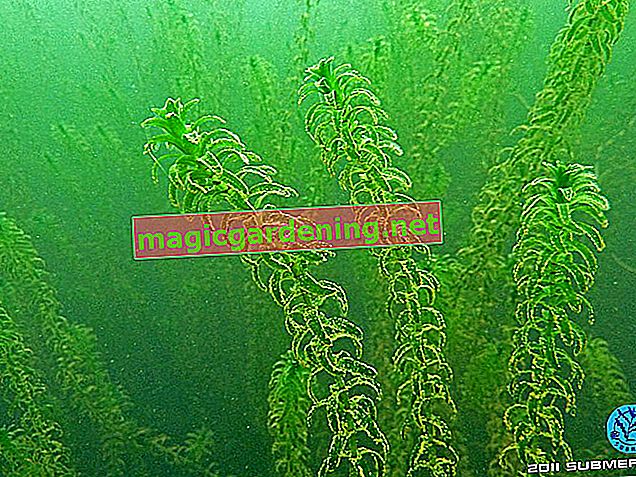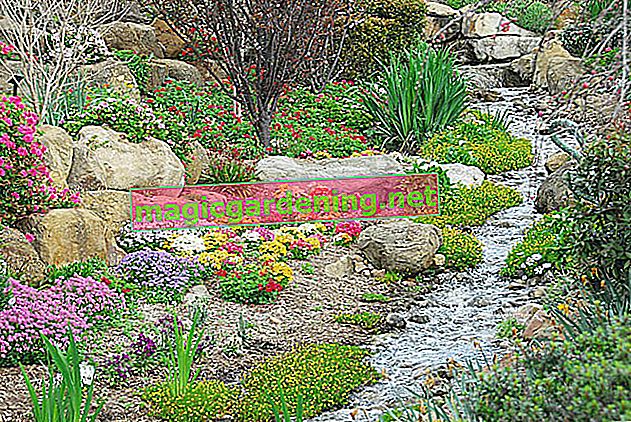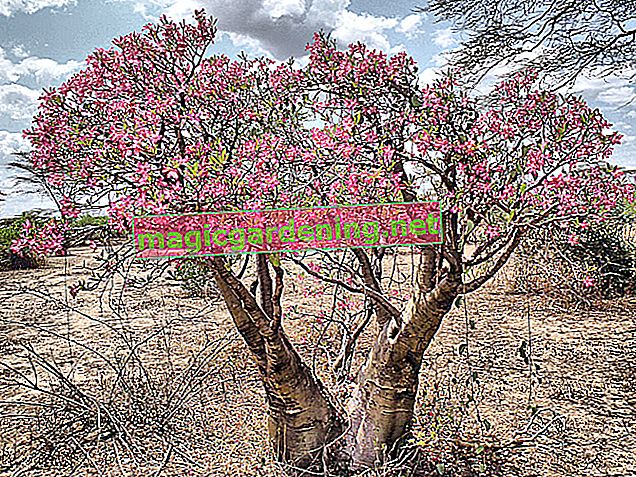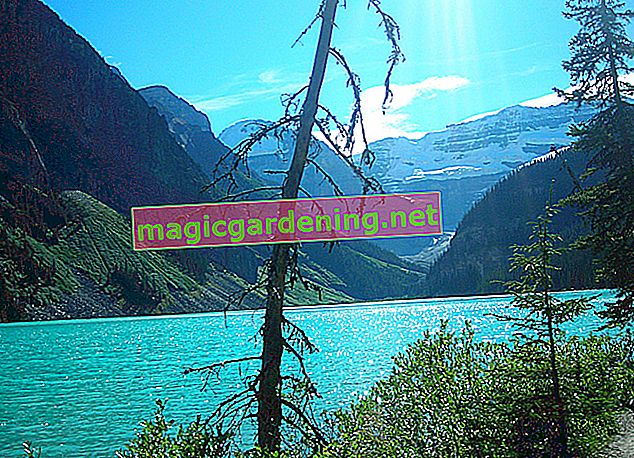
Your move into the garden pond
You only need a section of a waterweed plant to create entire underwater forests. It doesn't even have to have roots. Various types are available commercially. Since the plant is not under nature protection, it can also come from the wild. You can plant waterweed in the bottom of the pond or let it swim in the water.
also read
- Plant waterweed - this is how it's done!
- Hornwort and waterweed - competitors sensibly combined
- How to secure a pond
Tips
You can find interesting information about this aquatic plant in our profile.
Location and water quality
The waterweed is robust, can grow well in both cold and warm water temperatures and can form shoots up to 3 m in length. A sunny place is required, partial shade is also acceptable. The pond water is ideally clean and clear. But even slight cloudiness and soiling are not a hindrance to growth.
Fertilize only when necessary
The waterweed draws the necessary nutrients from the pond water and thus prevents algae bloom. If the nutrient concentration falls below your requirement, it will indicate this with a paler leaf color. Only then fertilize as follows:
- use a liquid fertilizer for pond plants
- Use fertilizer cautiously
- Stop fertilizing when the deficiency symptoms disappear
Cutting and shortening are essential
You will almost always have to fight the spread of the waterweed so that other aquatic plants don't fall by the wayside. Regularly thin them out or at least shorten the shoots.
The waterweed serves as a spawning area for newts. Wait until June to cut until all of the larvae have had a chance to hatch. Do not let clippings fall into the water, as new plants will multiply from them and increase the overgrowth.
Tips
Put the waterweed into the pond with a plant basket (11.11 € at Amazon *) so that you can later get the plant out of the pond more easily to limit the volume.
Winter usually takes place in the pond
Domestic waterweed are sufficiently hardy to spend the entire winter outside in a pond that is not completely frozen. Only the Argentine waterweed is partially hardy. Anyone who owns an aquarium can hibernate a piece of it in it in case the specimen freezes to death outdoors. Since this species also needs light in winter, it can also die in a pond that is under a blanket of snow.
In autumn, the shoots of the waterweed turn brown and sink to the bottom of the pond. So that they do not impair the water quality through putrefaction processes, you should fish them out of the water except for a small residue.








